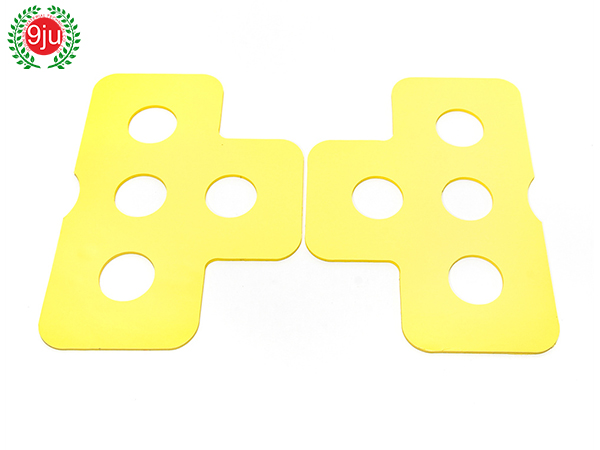Thermal Silicone Pads: Frequently Asked Questions and Troubleshooting
Thermal silicone pads are widely used in electronic equipment and industrial applications to provide efficient heat dissipation and thermal management. These spacers are designed to fill the gap between the heating component and the heat sink, ensuring optimal thermal conductivity and heat transfer. While thermal silicone pads offer many benefits, they also come with common problems that can cause inconvenience and disruption if not addressed promptly. In this article, we will explore common issues related to thermal silicone pads and provide insights on troubleshooting methods to mitigate these issues.
Frequently Asked Questions about Thermal Silicone Pad
1. Insufficient thermal conductivity: One of the most common problems with thermally conductive silicone pads is insufficient thermal conductivity, which can lead to poor heat dissipation and increased operating temperatures of electronic components. This problem may occur due to the use of low-quality or deteriorated silicone material, improper pad thickness, or insufficient pressure between the pad and mating surface.
2. Degradation over time: Thermal silicone pads are prone to degradation over time, especially when exposed to high temperatures, environmental contaminants, or mechanical stress. Degraded pads may lose thermal conductivity, become brittle, or develop cracks, resulting in impaired heat transfer and reduced thermal management efficiency.
3. Inconsistent performance: Another common problem is the inconsistent performance of thermal silicone pads. There are differences in thermal conductivity and heat dissipation capabilities in different areas of the thermal silicone pads. This inconsistency can be caused by uneven compression, improper installation, or changes in pad material properties, leading to localized hot spots and thermal inefficiencies.
4. Compatibility issues: Thermal silicone pads must be compatible with the specific electronic components and heat sinks they are intended to be connected to. Compatibility issues can occur due to pad size mismatch, insufficient compression, or incompatible material properties, resulting in poor thermal contact and reduced heat transfer efficiency.
5. Contaminants and impurities: Contaminants and impurities, such as dust, oil or residue, will accumulate on the surface of the thermal silicone pad, hindering its thermal conductivity and hindering heat dissipation. These impurities can compromise the integrity of the interface between the pad and mating surface, resulting in increased thermal resistance and reduced performance.
Troubleshooting
To resolve common issues related to thermal silicone pads, there are several troubleshooting methods that can be used to ensure optimal performance and reliability:
1. Material selection: Choose high-quality thermally conductive silicone sheets from reputable manufacturers to ensure consistent thermal conductivity and long-term reliability. Select pads with appropriate thermal resistance and mechanical properties to meet the specific requirements of the application.
2. Proper installation: Follow the manufacturer’s guidelines for thermal pad thickness, compression, and surface preparation to ensure proper thermal pad installation. Proper alignment and uniform compression across the entire interface are critical to achieving efficient heat transfer.
3. Regular inspection and maintenance: Regular inspection of thermal silicone pads is critical to identify signs of degradation, contamination, or inconsistent performance. Implement a maintenance program to clean the pads, remove any impurities, and replace degraded pads as needed to maintain optimal thermal management.
4. Compatibility testing: Verify the compatibility of the thermal silicone pad with mating surfaces and components to prevent issues related to size mismatch, insufficient pressure, or material incompatibility. Compatibility testing is performed to ensure proper thermal contact and heat transfer efficiency.
5. Thermal interface material (TIM) optimization: Consider using advanced thermal interface materials, such as phase change materials or thermally conductive adhesives, to enhance the thermal performance and reliability of the interface between electronic components and heat sinks.
In summary, while thermally conductive silicone pads offer effective thermal management solutions, they can suffer from common issues that can affect their performance and reliability. By understanding common problems with thermally conductive silicone sheets and taking appropriate troubleshooting methods, such as material selection, correct installation, regular maintenance, compatibility testing and TIM optimization, users can mitigate these problems and ensure their efficient heat dissipation and thermal conductivity performance. Electronic equipment and industrial equipment. Proactive measures to address these issues will minimize the potential inconvenience and disruption caused by issues related to thermal pads, ultimately helping to improve the overall reliability and longevity of the system in place.
Post time: Aug-12-2024


